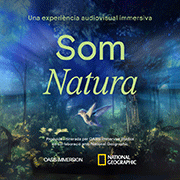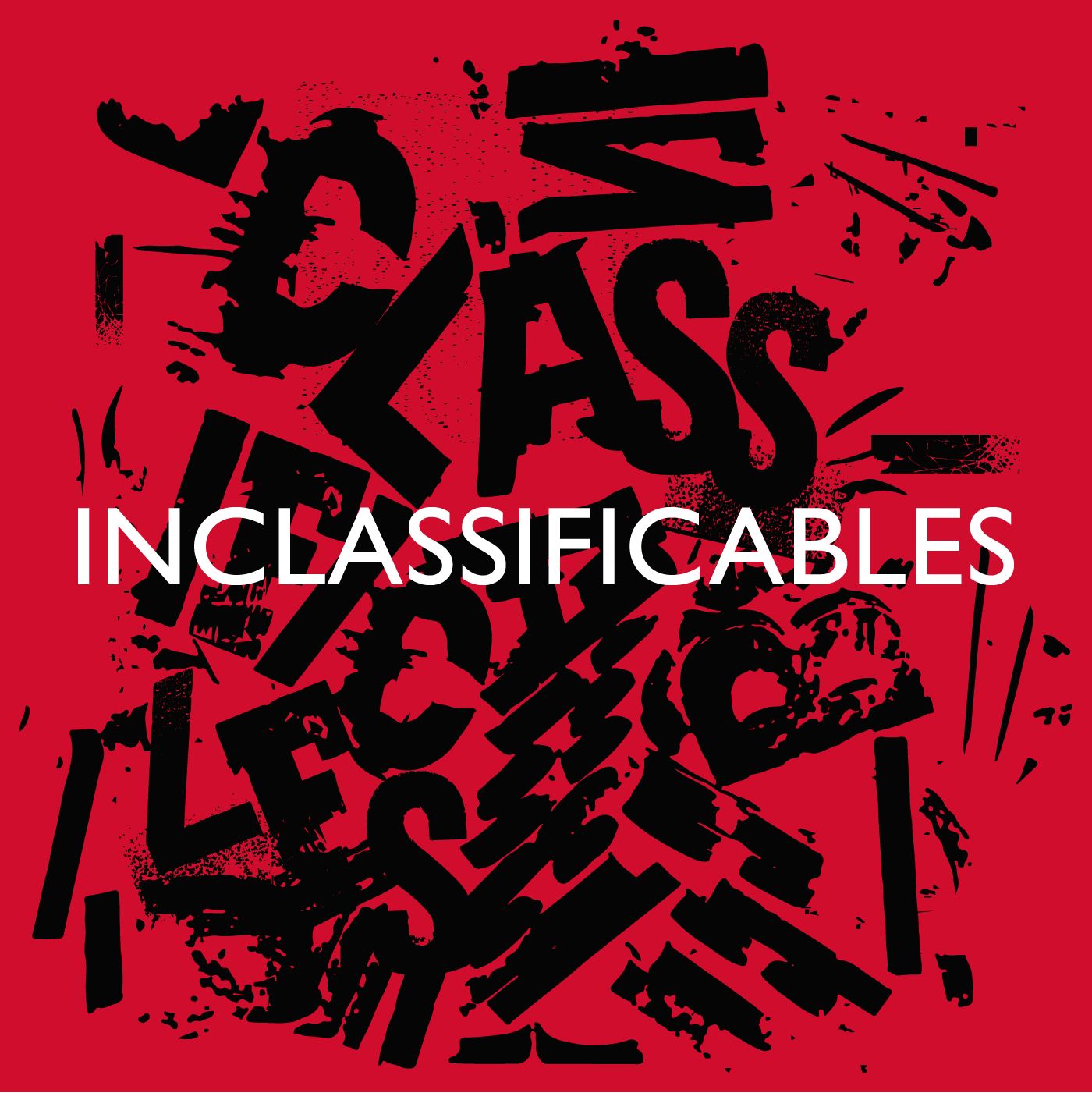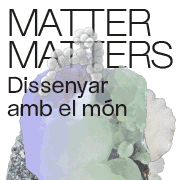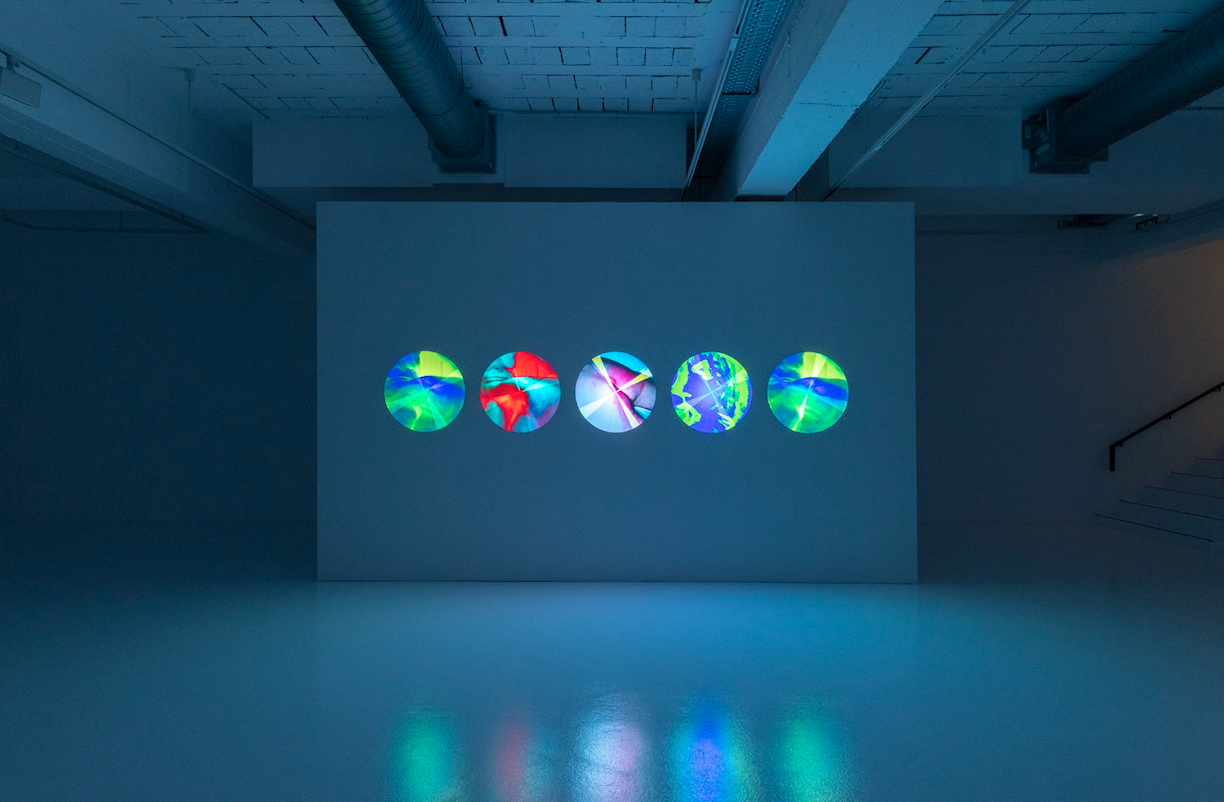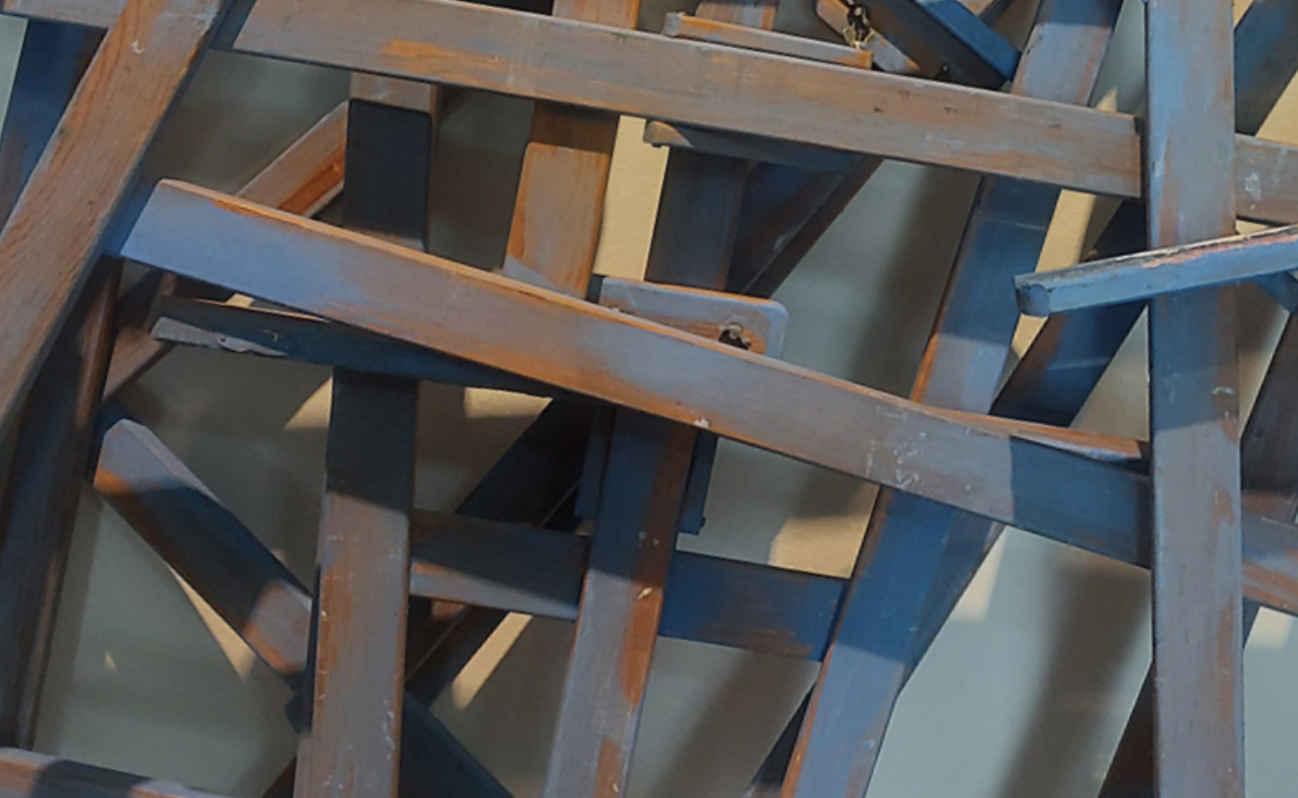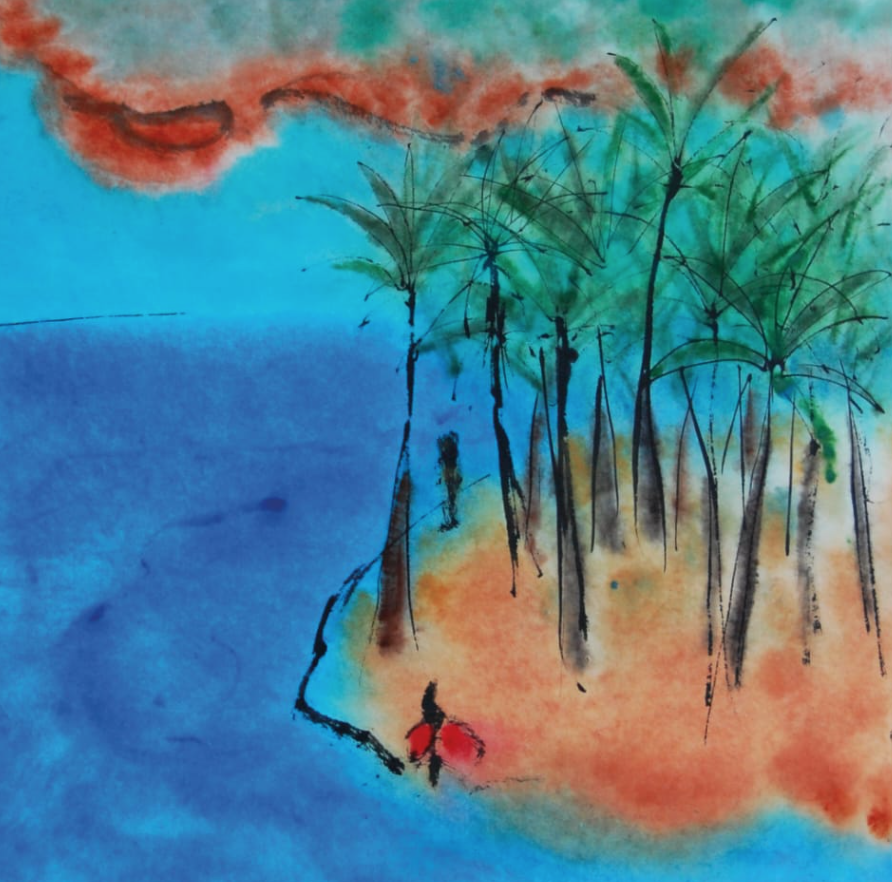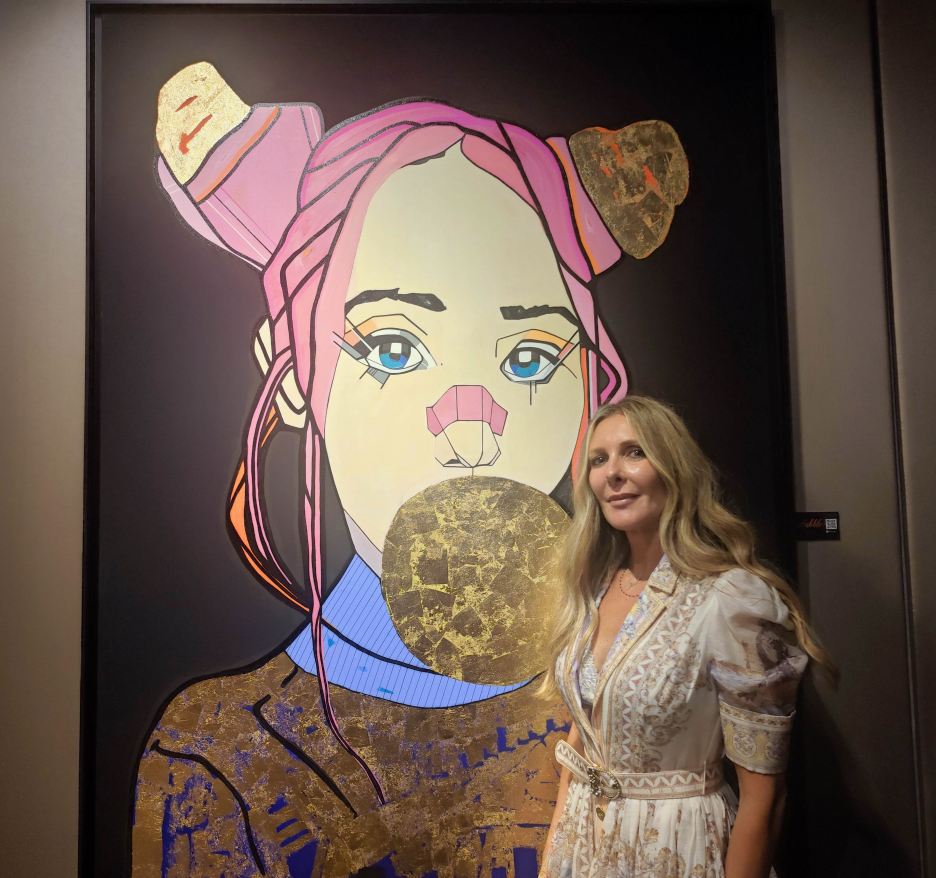Opinion
Image and Research Days. 1990-2022
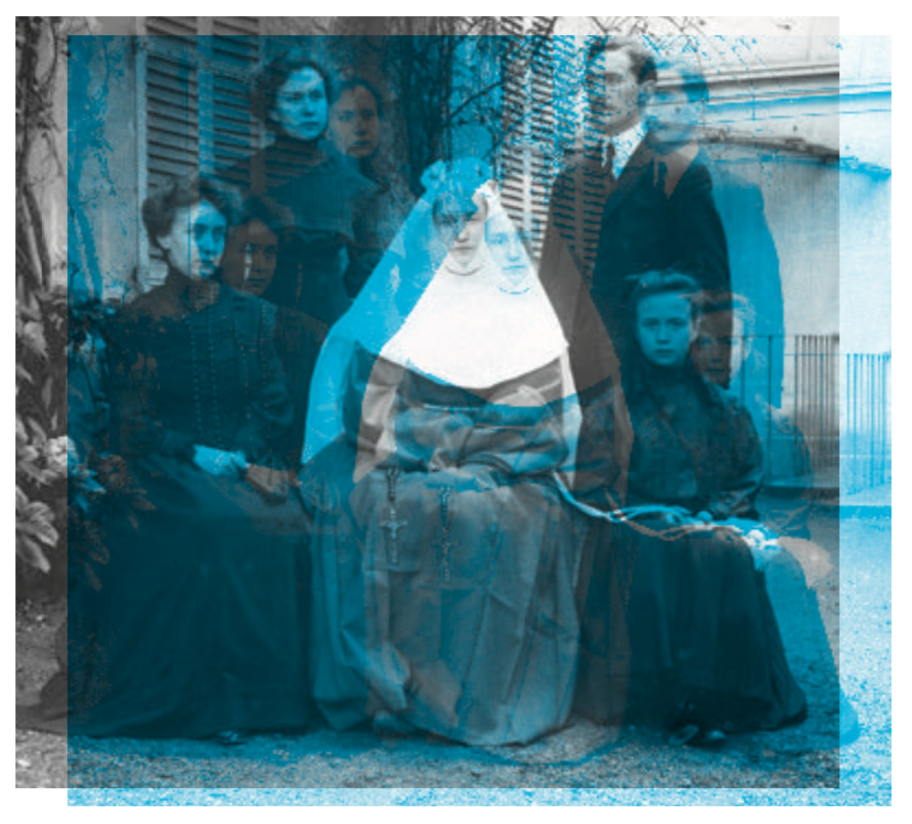
The transformations and consequences derived from the oceanic difference presented by photography over the course of these last three decades is what has been the object of study, assessment, analysis and research at the I&R Conferences, organized every two years by the Center for Research and Diffusion of the Image (CRDI) in the city of Girona since 1990. Let's consider how things were at that initial date. Analogue photography, negative (plastic or glass) and positive paper, was the existing one, not counting direct camera positives. We generalize, of course, but the lack of knowledge about the procedures in which the photograph had materialized was resounding.
The scant consideration given to photography as part of both the artistic and documentary heritage had led to a notable neglect of the existing funds (archives) which accentuated their disorder and worsened their state of conservation in an alarming way. The lack of professionals and, consequently, an effective intervention methodology (both in terms of conservation and documentary treatment) combined, in too many cases, with the reduced interest of the photographers themselves in what they had generated, was the starting point at the beginning of the decade of the nineties of the last century. The issues arising from this situation were addressed from the outset. Inventories were carried out to allow us to know the extent of that heritage, conservators specialized in photographic heritage provided us with the first knowledge that should help us stop the deterioration of photographic images and lawyers alerted us that having the physical ownership of the media did not allow us the free use of the photographs, because there were holders of the intellectual property rights. The professionals we invited from abroad talked to us about management realities different from ours and showed us models to imitate.
Let's consider, however, how things are in this third decade of the 21st century. Since the beginning of the 2000s, when we refer to photography, we refer to the digital image (we had to create the term analog photography to define what previously had no doubt of attribution). And, as is natural, faced with a new phenomenon, a new reality. A production and distribution of images begins that replaces previous stories, expressed through the telephone or correspondence, and produces huge, unattainable on a human scale, quantities of images: according to the organization Business Insider, since 2017 a minimum daily total of 3,287 million. Trying to understand this new situation, analyzing how to deal with it and how to position ourselves as professionals in the management of documentary heritage, trying to offer a better service to citizens, studying how artificial intelligence can contribute to providing answers and, at the same time, offering disturbing proposals where reality and meta-reality are confused, are aspects that we are already debating today at the I&R Conferences. Without false modesty, we can affirm that the I&R Conferences have become an international benchmark in many aspects linked to the management of photographic and audiovisual heritage.
This year marks the twenty-fifth anniversary of the creation of the Center for Research and Diffusion of the Image (CRDI) and, of course, we do not know what the evolution will be or the technological innovations that the market offers us with dizzying speed. We do know, however, that the people responsible for the management of this new heritage will strive to guarantee for future knowledge what defines our present at every moment.


